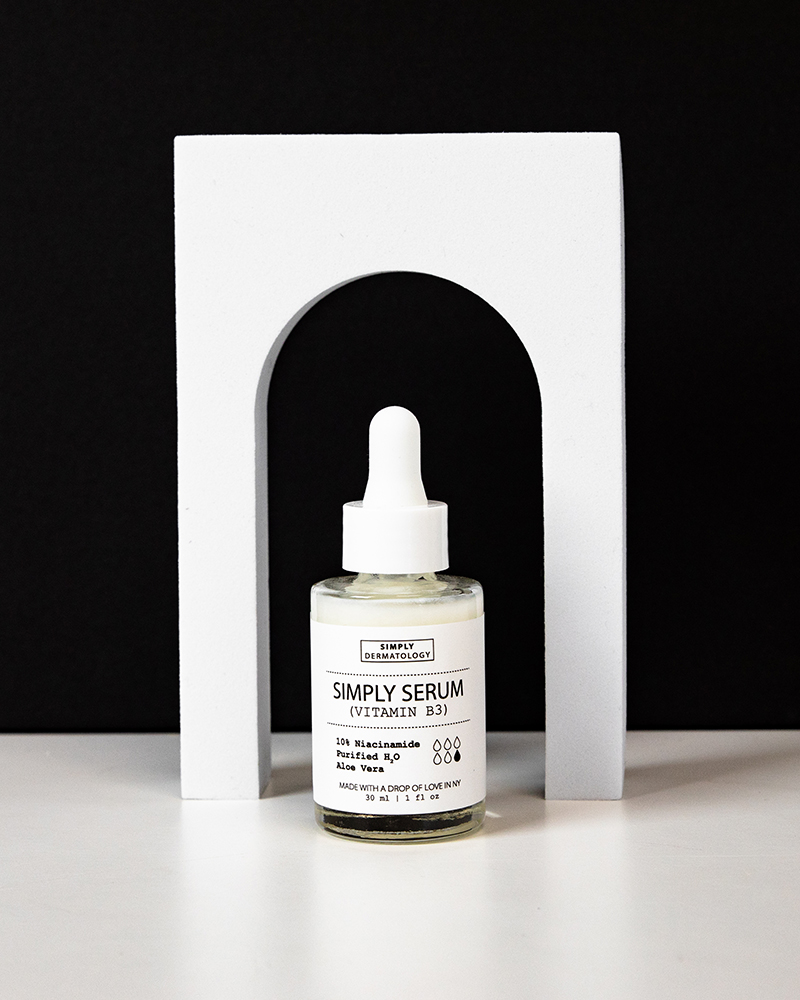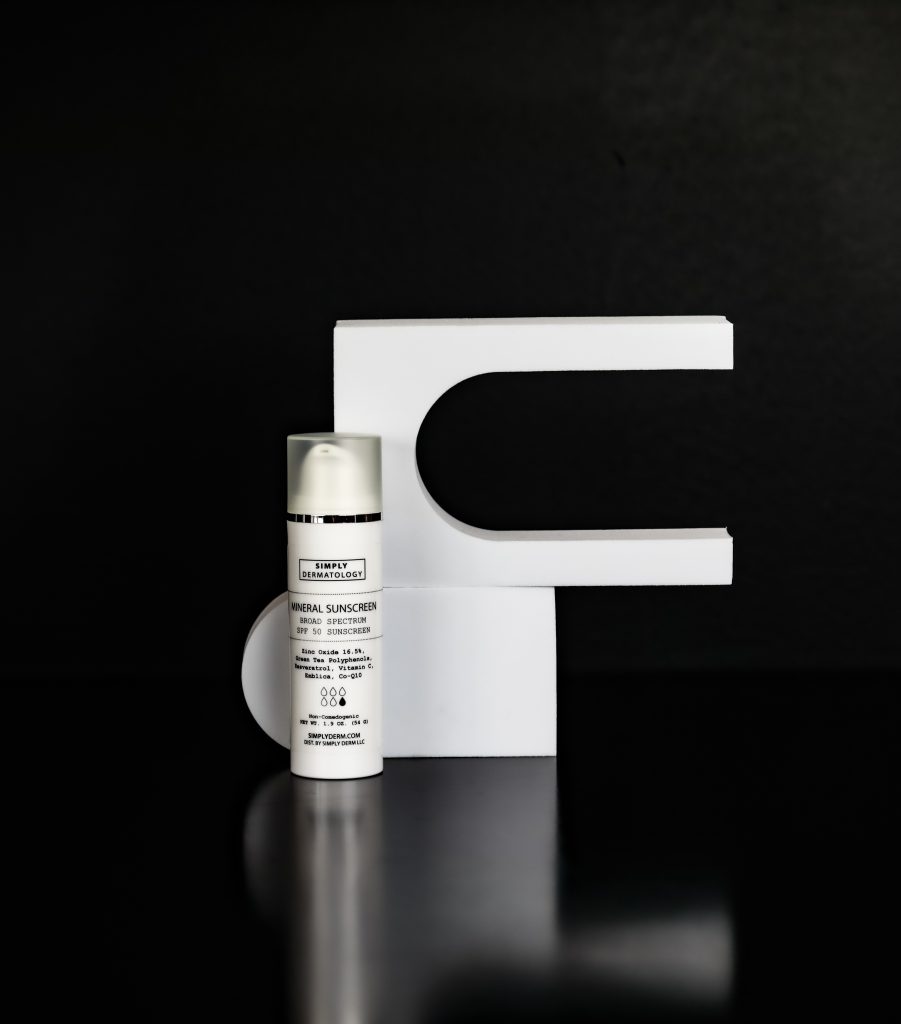Why does acne scarring happen?
After having acne for many years, especially the deep cystic type of acne, it can leave traces of what has occurred for a long time, even after the acne itself has cleared up. So many of us have had these badges after suffering from acne. Typical marks left behind from acne are the classic depressions on the skin, such as “ice pick” scarring or rolling scars. These types of acne scars occur from the development of scar tissue at the site where the previous acne lesion was present. The acne scarring lays down new collagen bundles which result in tightening in the area and an increased denseness of the tissue. This causes the dimpling effect, where the skin is bound down and creates small depressions, and even volume loss can happen in areas where chronic acne and acne scarring has been occurring.
This type of acne scarring is perhaps the most challenging to treat because we have to address not only the loss of volume but surface texture as well. At the surface level acne scars can sometimes have a very sharp demarcation, a pronounced ridge around the acne scar, that also has to be addressed when looking to improve the appearance of an acne scar.
Types of scarring
Other types of scarring are pigmentary, usually with darker appearing areas of skin, redness, and sometimes even lighter pigmentation to the skin can occur. The changes that occur regarding skin coloring from pigment, known as melanin, occurs due to the inflammation at the site of the acne lesions. This inflammatory reaction causes the cells that normally contain melanin to break open and release the dark brown pigment that’s in all of our skin and will leave it outside of the cells, almost like a tattoo. Or another way skin becomes darker in an area of inflammatory acne is just due to the production of more melanin in response to the inflammation. And another phenomenon that can occur within an acne lesion is the loss of the cells that produce pigment due to scar formation. Once scar tissue has interfered with the production of pigment it can sometimes be irreversible to get the color back if it has been lost if all the melanosomes have been destroyed.
In addition to the appearance of hyperpigmentation and hypopigmentation after acne scarring, there can be red spots in areas where acne has occurred. These areas of redness can occur due to a reaction and response to the healing process and the formation of scars. When skin is healing inflammatory signals cause the production of more blood vessels in order to help re-organize and heal the tissues within the area. Normally these excess vessels will involute after the healing process is complete, however, it can take six months to a year for that process to occur. Occasionally, these dilated telangiectasias and vessels will not resolve on their own and require laser treatments.
How you can treat acne scarring at home
Derma Rolling
So what can you do at home if you can’t get into a dermatologist’s office? In order to help the appearance of the surface, acne depressions, and enlarged pores you can try at-home micro-needling with a derma roller. Derma rollers generally have 1 mm needles that can help penetrate deep enough in order to stimulate some mild collagen production. The important thing to remember when micro-needling at home is to clean the area with alcohol before treating and to also clean the derma roller before and after each use. Failure to clean the device or your skin can result in infection or breakouts. Using this derma roller will require consistency and frequent use in order to see results. For example, one weekly treatment will be more helpful than treating once per month. Results from micro needling will be gradual and cumulative, it can take six months to a year in order to see signs of improvement in your skin. I recommend taking a baseline picture of yourself in consistent lighting and repeating these pictures monthly. Over time you can compare your photographs and monitor your improvement.
Topical Agents
For deep acne scars it’s also good to use topical agents that can help stimulate collagen production such as retinol or Tretinoin. Other topicals such as products that contain peptides and vitamin C can also prove to be beneficial for helping to stimulate the production of collagen in your skin. The use of topicals will also be a long road with gradual improvement. However, gradual results may also be helpful in the prevention of acne scars for those who are actively dealing with acne and want to prevent scarring.
To help diminish the appearance of hyperpigmentation and redness I usually like to recommend topical niacinamide 10%. Niacinamide is a form of vitamin B3 that helps to reduce inflammation in the skin, may help reduce redness and brown spots, and may have a beneficial impact on active acne lesions. I like to use niacinamide 1 to 2 times daily for these reasons. For hyperpigmentation due to pigment vitamin C serum, in combination with vitamin E and ferulic acid – which is an antioxidant blend, which complements and helps to support the activity of vitamin C – can help lighten and even the skin tone, and help prevent oxidative damage during the day and ultraviolet damage.


Using a mineral-based sunscreen with an SPF 30 or higher is one of the most important things you can do for your skin when trying to improve the appearance of acne scars. Sunscreen should be applied every morning regardless of the weather. Topical glycolic acid and salicylic acid are also helpful in the treatment of discoloration and can be used daily or every other day in either the form of a cleanser or a pad such as the Glow Pads that we carry. These can help to even out skin tone, smooth the surface, and can also help active acne lesions.
Further Treatments
When you have reached the full potential of what you can do at home with these acne treatments you can seek professional help at a dermatologist’s office with the use of devices such as micro-needling with radio frequency, Fraxel, fillers, lasers that help reverse vascular damage. Dermatologists can also provide prescriptions that can help stimulate collagen production as well.
Some other additional Blogs that you might like to check out regarding diet and skin health as well as how to treat hormonal acne.
-Dr. Papantoniou

